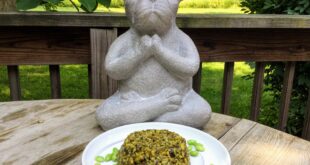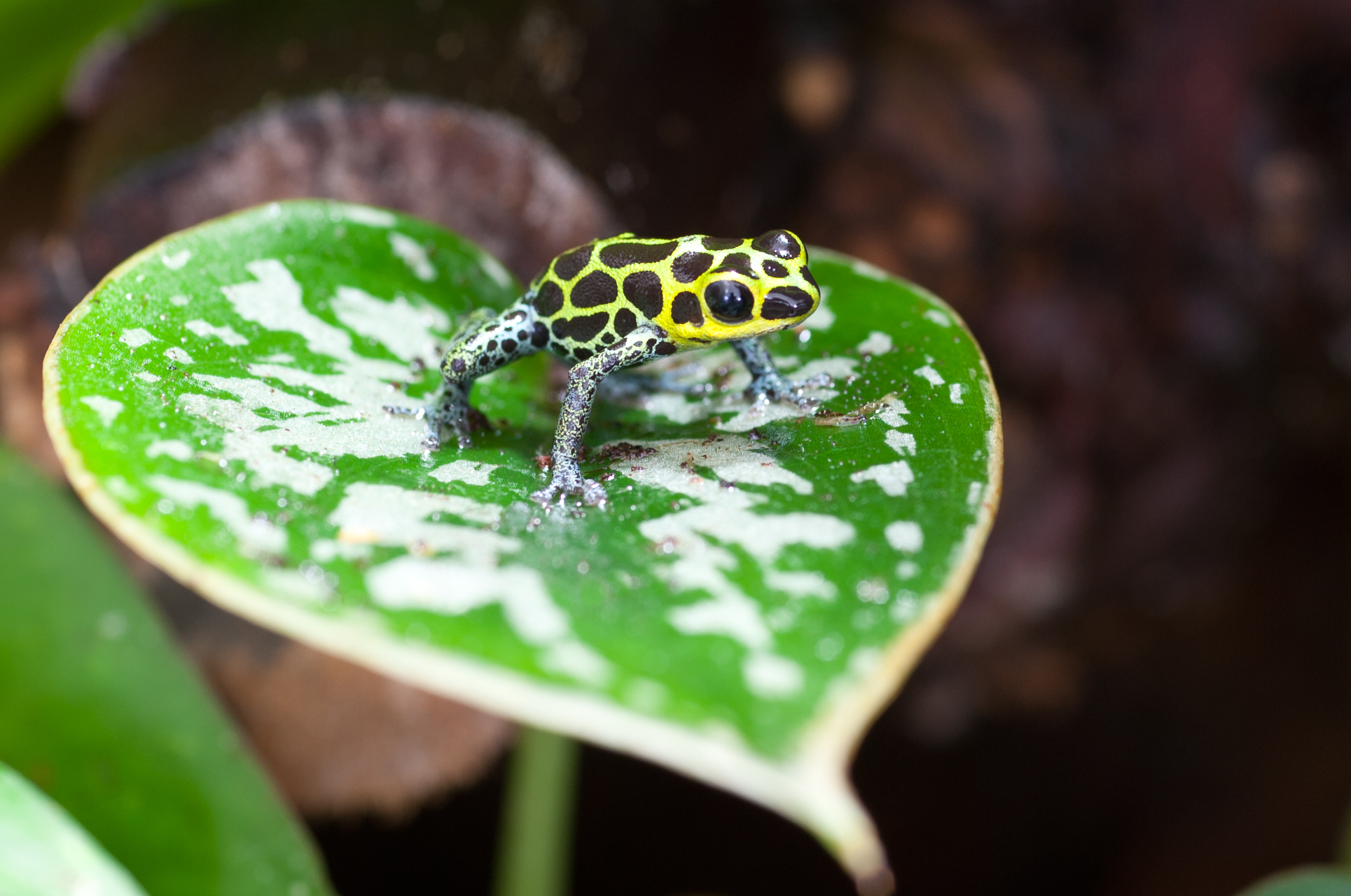Can We Save All By Saving Half? By Blair McKissock, MSEd, RYT
On a recent trip to Georgia, I noticed how much land is for sale, being developed, or was developed with obvious new construction. The recovery of our economy has fueled massive growth in the housing and development economy. This has created a dynamic in our communities where land has become a commodity to sell and develop. Many people treat land as an inheritance to sell off, such as the case of millions of acres of farmland that once belonged to the small scale farmer, whose descendants do not go into the farming industry and have little interest in managing the land for farming. So much so in fact that “there are 2 million fewer owners of U.S. agricultural family-owned farmland now than in 1945,” according to the US Census, in May of 1993. According to a recent report created by the American Farmland Trust, we lose nearly 50 acres of farmland every hour to development. In a country that feeds much of the world through the food we grow, it seems very shortsighted. This “land lust” has also impacted the horse industry, reducing the number of farms where people can own horses, access to riding stables for learning, and diminishing recreational sites for trail-riding. This phenomenon is not exclusive to our country, or just to land. We are losing the land that supports the food we eat, we lose the land that grows the trees that provide our breathable atmosphere, and most of all we are losing species of plants and animals we have yet to discover. We are losing the precious biodiversity that creates the delicate ecological balance on our earth.
A pioneering scientist named Edward O. Wilson has proposed a radical idea; to protect half the land on our earth to save us all. Mr. Wilson should know, as he is the leading expert on biodiversity. His long tenure studying the interdependence of all species has formed the foundation for his over 31 books on the subject of the human/nature connection. Wilson has also been a pioneer in spearheading efforts to preserve and protect the biodiversity of the planet. In his ground-breaking book, Biophilia (1984), he talks about how a human’s attraction to nature has more to do with a genetic predisposition to connect and be a part of nature, rather than our awe in the beauty of the world around us. On some level, we know that we are OF this earth not just living on it. We know on some deep soulful level that we are all interconnected, and the importance of living in concert with the biorythms of the earth. This concept of biophilia goes further than that, to say that each species is attracted to specific areas on the planet that contain the correct geography, climate, and ecology for its survival and proliferation.
In his book titled The Future of Life (2002), he noted that just 10 percent of the Earth’s land surface was protected. This small percentage, according to Wilson, is not enough to save more than a modest fraction of wild species. This also fails to protect the world’s most diverse and least explored areas of the planet’s oceans. In his keynote speech at the “Science for Parks, Parks for Science: The Next Century” Conference at UC Berkeley this past March, he reiterated the short-sightedness that causes the nation’s leaders not to act in a way that values and recognizes the importance of biodiversity as it relates to the survival of our species.
According to his work and the work of other theorists, there have been five previous extinction events; the last one occuring with the extinction of the dinosaurs.
It took close to four million years for the world to recover from that event and evolve to where we are now. Current climate and ecological indicators point toward a sixth extinction event in the making, and it may have already started. There are efforts being made to combat global warming, and the escalation of the destruction of the most sensitive and biodiverse regions, such as the rainforest, yet not enough to make an impact. In Wilson’s Conference address and his popular TED talks, he believes that if we put aside 50% of the world’s land and oceans, and protect not just on paper but in practice, then we have a chance.
In his newest book due out in 2016, Half-Earth: Our Planet’s Fight for Life, he believes that we can move from the current 10% of protected areas to a global 50% in a reasonable amount of time to prevent the extinction of the human race. He imparts us with a strategy that begins with education. We must teach our students about the importance of biodiversity and interdependence of all species. We need to motivate and support the efforts of our national parks systems, to increase their holding of protected lands, and incorporate oceans into their protection. This would involve targeting the most biodiverse areas that currently have no protection, including the Gulf Coast, and the Mobile-Tensaw River Delta national park unit, which includes the Red Hills; the largest number of turtle species of anywhere in the world. We need to make concessions for those living in protected lands, and impart environmentally sound practices to our urban planning, keeping in mind the number of acres of farmland needed to grow food that can support the area’s population. He also stresses the importance of cataloging and identifying as many new species as we can. Currently we identify about 18,000 new species each year. This means it would take us until the 23rd century to identify what is left to be discovered.
Thanks to the work of the E.O. Wilson Biodiversity Foundation, things are starting to move forward to implement those strategies, including the creation of citizen action groups, and the National Park Service Biodiversity Youth Ambassador Program. This program brings together young leaders and involves them in the conservation of our national parks. They have also created the Collaborative Storytelling Project (Inspired by Nature). This project involves collecting stories about our connection to nature and how it inspires us. This column has been an action to that end; to tell the story about how nature, specifically horses, have impacted the lives of those in the community. It is through this connection that we cultivate a compassion and ultimately the altruistic desire to protect the earth on which we are merely guests. We have seen countless movies about the post-apocolyptic life; what the life of a human is like after we have destroyed the world, and almost all life on the planet. The picture is very bleak; nothing but anarchy, deserts, irradiated water, cannabalism, you’ve seen it all. Wilson gives us hope; it doesn’t have to turn out that way. Let’s write a different ending for our species. Let’s not go out like the greedy parasite, but instead let’s evolve to make better choices and become our greatest potential. Let’s face it; Earth will survive even if we don’t. It doesn’t need us. The comedian George Carlin had a great perspective, “The planet is fine…compared with the people, the planet is doin’ great. It’s been here over four billion years . . . The planet isn’t goin’ anywhere, folks. We are! We’re goin’ away… and we won’t leave much of a trace. Thank God for that. Nothing left. Maybe a little Styrofoam.”
For the first time we have a real strategy that we can move towards, save half to save all.
Blair McKissock, MSEd, RYT, is a speaker and author on experiential and nature-based learning. She loves sharing the amazing world of equine-assisted learning and therapies through her work at Strides to Success in Plainfield, Indiana. You can learn more about coaching, OmHorse mounted yoga sessions, and upcoming equine-assisted workshops at stridestosuccess.org. You can also learn more about the E. O. Wilson Foundation by visiting eowilsonfoundation.org.
 Conscious Community Magazine Dedicated to Elevating Consciousness
Conscious Community Magazine Dedicated to Elevating Consciousness





